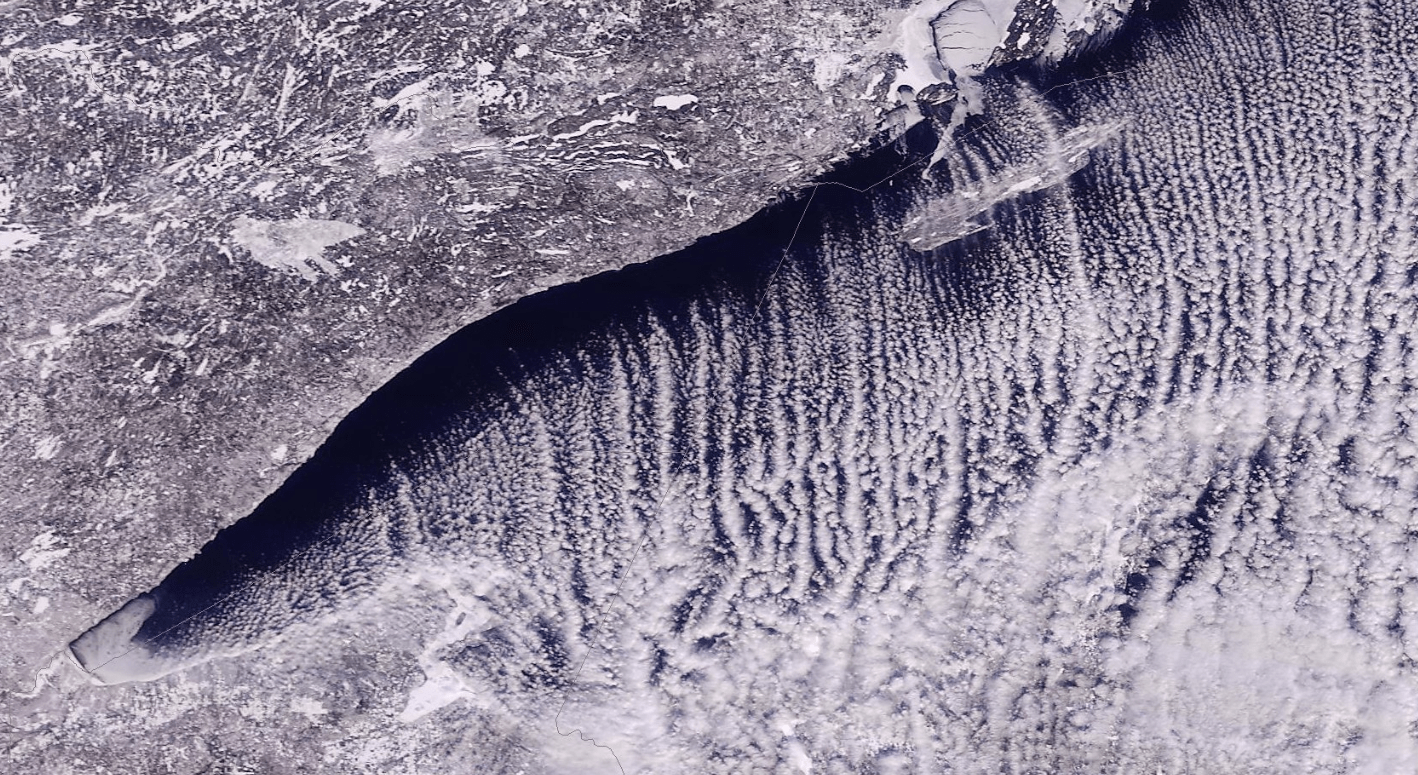Lake Superior lake-effect snow plumes visible from space
Plumes stretch 450 miles downwind across Lake Michigan

Lake-effect snow over Lake Superior on Thursday, February 13, 2020
NASA via University of Wisconsin-Madison
Go Deeper.
Create an account or log in to save stories.
Like this?
Thanks for liking this story! We have added it to a list of your favorite stories.


